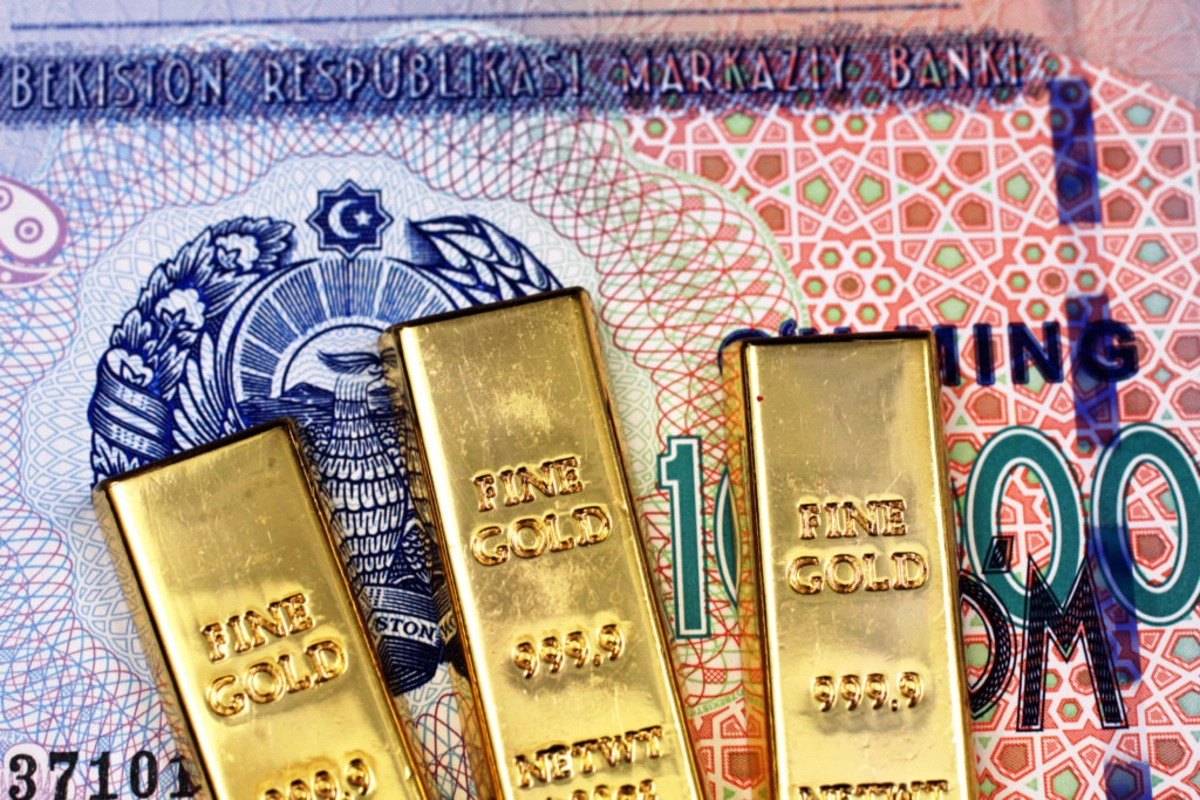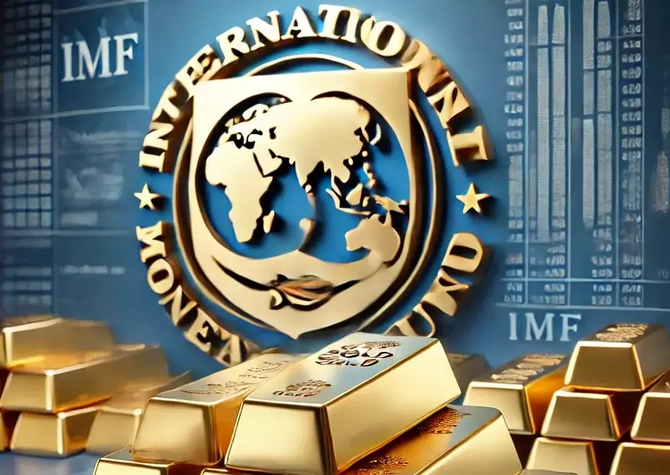
Alamy Stock Photo
According to data published by the World Gold Council (WGC), in March 2025, the Central Bank of Uzbekistan once again topped the list of countries in terms of net gold sales, selling 11 tonnes of the precious metal. In total, Tashkent sold 15 tonnes of gold in the first quarter of the year - more than any other country. Moreover, due to the rise in global gold prices in March, Uzbekistan’s gold and foreign exchange reserves increased by nearly $3 billion, reaching an all-time high of nearly $50 billion.
In this context, the contribution of the Navoi Mining and Metallurgical Combine is particularly noteworthy. It ranks as the fourth-largest gold producer in the world and is Uzbekistan’s largest taxpayer. In 2024, the company increased its gold output by 5.4%, generating revenues of $7.4 billion.
Uzbekistan began actively exporting gold in 2018 and has since maintained a strong position among the world’s leading gold sellers. The revenue generated from gold exports is directed toward supporting the national economy, financing infrastructure projects, and enhancing the country’s financial resilience. According to Uzbek sources, the Central Bank’s gold and foreign exchange reserves play a crucial role in maintaining macroeconomic stability. If necessary, they can be used to stabilize the national currency, meet external debt obligations, finance imports during crises, and serve as a buffer against external economic shocks. These reserves are thus regarded as a “safety cushion” against potential disruptions - such as fluctuations in commodity prices, international sanctions, global financial crises, or currency market volatility.
At the same time, the International Monetary Fund (IMF) has warned that volatile gold prices could create inflationary pressure when prices are high and reduce government spending capacity when prices fall, thereby increasing macroeconomic risks. Accordingly, the IMF has recommended that Uzbekistan minimize the impact of gold price fluctuations on its fiscal policy. Experts note that the country’s public finances are vulnerable to such volatility, and a drop in gold revenue could force the government to cut expenditures - a move that would inevitably slow down economic growth and negatively impact sensitive sectors, particularly social services.

Alongside Uzbekistan, other Central Asian countries - notably Kyrgyzstan and Kazakhstan - have also shown strong performance in gold exports. In February 2025, the National Bank of Kazakhstan sold 8 tonnes of gold, securing the country’s position among the global leaders in net gold sales. Unlike the broader global trend in which central banks are increasing their gold reserves, Kazakhstan, like Uzbekistan, is acting as a net seller. Gold accounts for over 50% of Kazakhstan’s total foreign exchange reserves, which as of March 1 stood at nearly $50 billion. Of this amount, more than $22 billion is attributed to monetary gold, totaling 280 tonnes.
Globally, analysts expect gold prices to continue rising. In 2025, the average price of a troy ounce is projected to be around $3,140, reaching $3,350 by the end of the year and $3,700 in 2026. One of the main drivers of this price increase is rising demand from central banks. According to Deutsche Bank, central banks accounted for just 10% of global gold demand in 2022 - a figure that could rise to 25% in 2025.
Observers also link the surge in gold prices to growing global trade tensions - notably the imposition of 10% tariffs on imports from China announced by U.S. President Donald Trump, along with the expansion of trade restrictions targeting other partners, including the European Union. These developments have sparked concerns about a slowdown in global trade and rising inflation, as higher import costs are likely to push up consumer prices. In such periods of instability, gold has historically been seen as a safe-haven asset - a trend that continues in today’s turbulent environment.

Photo credit: theflyingfrisby.com
In conclusion, Central Asia - and in particular Uzbekistan and Kazakhstan - is asserting its economic and geopolitical importance in the global gold market. These countries are not merely suppliers of raw materials; they are emerging as key players shaping the new balance in the international precious metals market. Their strategic management of gold and foreign exchange reserves, their decision to sell gold actively amid global supply constraints, and the reinvestment of export revenues into domestic development reflect a high level of macroeconomic planning. Amid intensifying global competition for resources and increasing financial volatility, Uzbekistan and Kazakhstan are demonstrating their ability to leverage natural wealth as a tool for economic stability, growth, and resilience. This positions the region not only as a resource base, but as an influential contributor to the financial architecture of Eurasia.
Share on social media